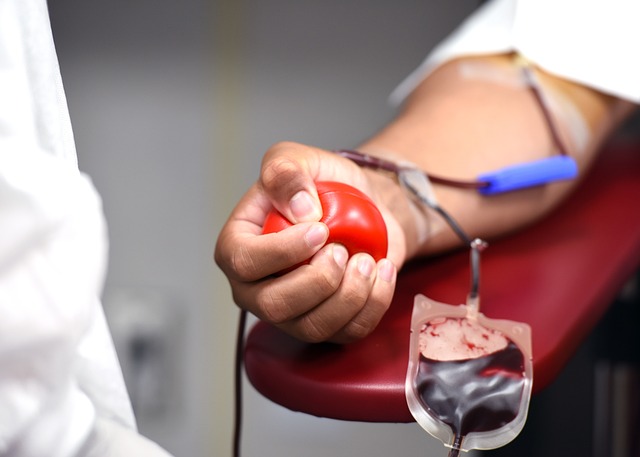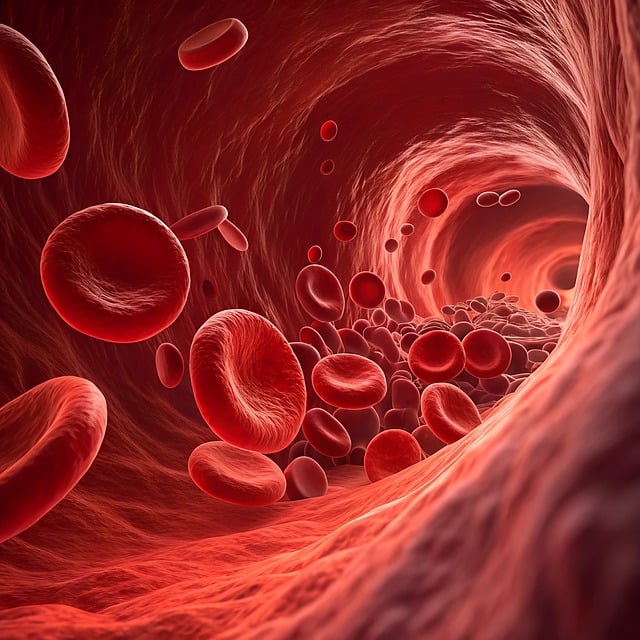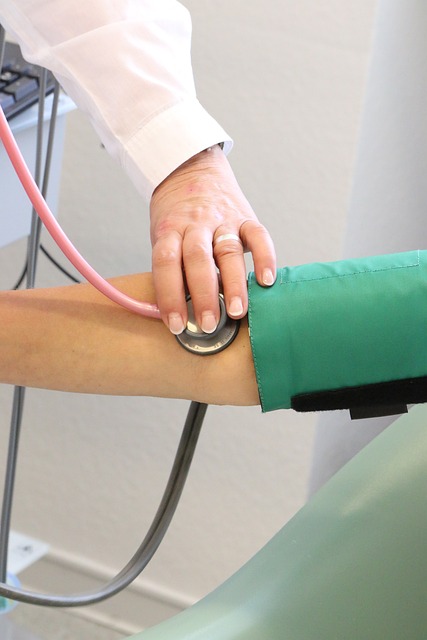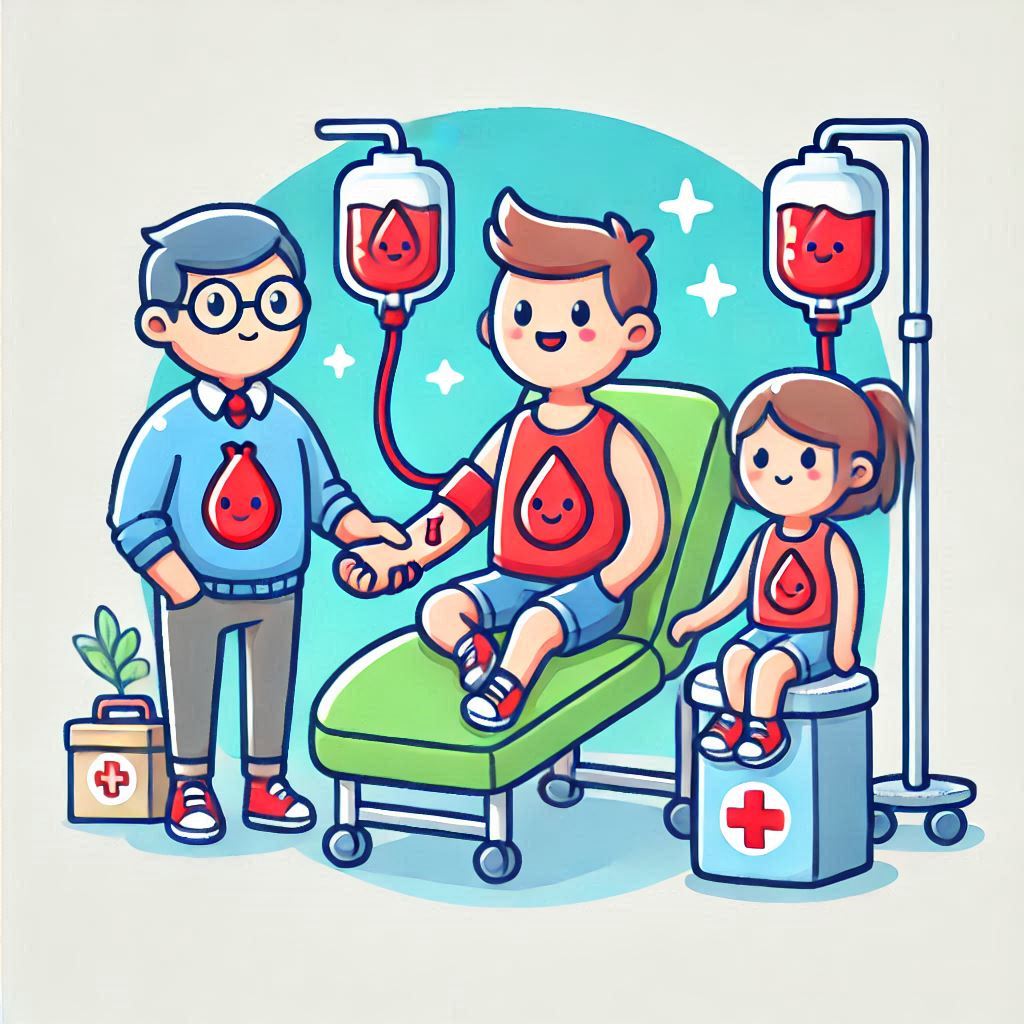
Welcome to Life Flow
Join us in our mission to save lives through blood donation. Your contribution can make a difference!

Become a Donor
Your donation can help save lives. Find out how easy it is to become a blood donor today.

Helping Those in Need
Every drop of blood donated helps those in critical need. Be a lifesaver by contributing today.
